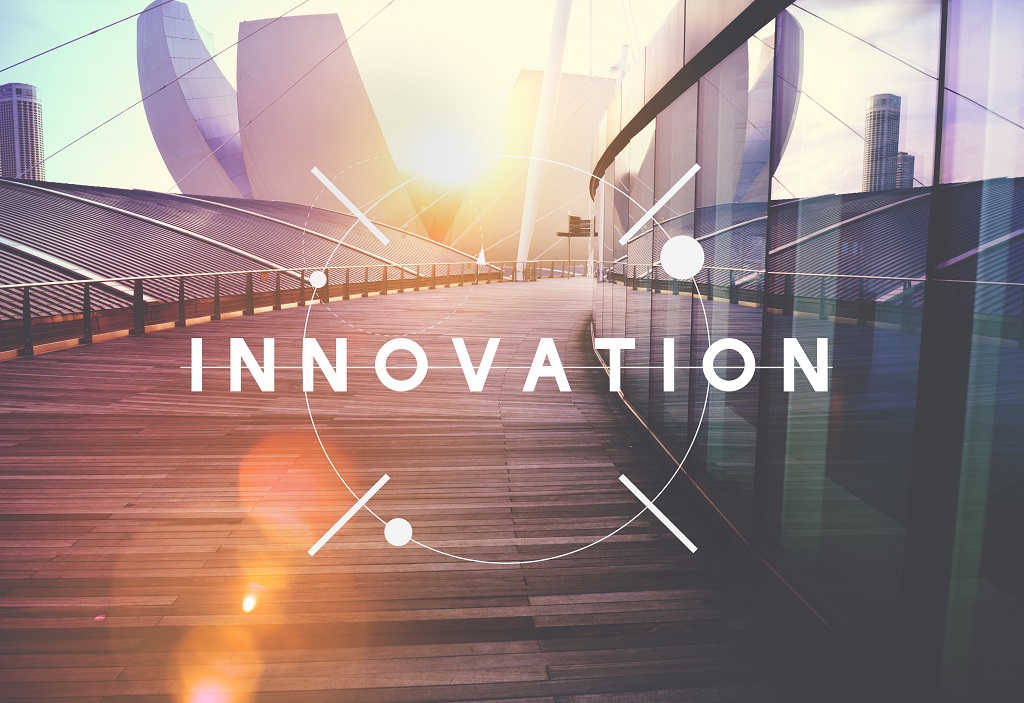In the ever-evolving world of blockchain technology, understanding the difference between Layer 1 and Layer 2 blockchains is crucial. This article will delve into the depths of these two layers, providing a comprehensive understanding of their functionalities, use cases, and how they shape the future of the crypto industry.
For a more in-depth understanding of blockchain intricacies, you might also be interested in reading about nested blockchain.
Table of Contents
Understanding Blockchain Technology
Blockchain technology, since its inception with Bitcoin in 2009, has revolutionized the way we perceive financial transactions and data security. Its decentralized nature and immutable ledger have paved the way for a myriad of applications beyond just cryptocurrencies.
What is Layer 1?
Layer 1 refers to the underlying main blockchain architecture. Examples of Layer 1 blockchains include Bitcoin and Ethereum, which have their own unique protocols for verifying and recording transactions. While Layer 1 blockchains offer high security and decentralization, they often face issues with scalability, leading to high transaction costs and slower transaction times. Despite these challenges, Layer 1 blockchains serve as the foundation for many digital currencies and decentralized applications (dApps).
What is Layer 2?
Layer 2 solutions, on the other hand, are protocols built on top of Layer 1 blockchains to improve their scalability. Examples include the Lightning Network for Bitcoin and Plasma for Ethereum. These solutions allow for faster and cheaper transactions by processing them off-chain. However, they may compromise on decentralization and security to some extent. Layer 2 solutions are often used for micropayments, smart contract functionality, and other applications requiring high transaction throughput.
Layer 1 vs Layer 2: A Comparative Analysis
Here’s a comparison chart that outlines the key differences between Layer 1 and Layer 2 solutions in blockchain technology:
| Layer 1 | Layer 2 | |
|---|---|---|
| Definition | The base protocol of a blockchain where all transactions are recorded and verified. | Secondary protocols built on top of a Layer 1 blockchain to improve scalability by processing transactions off-chain. |
| Examples | Bitcoin, Ethereum | Lightning Network (Bitcoin), Plasma and Rollups (Ethereum) |
| Security | High – All transactions are verified by a decentralized network of nodes. | Moderate – Not all transactions are verified by the entire network. |
| Decentralization | High – No single entity has control over the network. | Moderate – Some solutions may involve a degree of centralization. |
| Scalability | Low – Layer 1 blockchains often struggle with scalability due to the high level of security and decentralization. | High – Layer 2 solutions can handle a much higher number of transactions per second. |
| Transaction Speed | Slower – Every transaction must be processed by every node in the network. | Faster – Transactions can be processed quickly, often in real-time. |
| Transaction Fees | Higher – The scalability issues can lead to higher fees. | Lower – By processing transactions off-chain, Layer 2 solutions can reduce transaction fees. |
| Complexity | Lower – Layer 1 blockchains are straightforward to use. | Higher – Layer 2 solutions can be more complex to implement and use. |
This chart provides a high-level comparison between Layer 1 and Layer 2 solutions. The actual characteristics can vary depending on the specific Layer 1 blockchain or Layer 2 solution being considered.
These two layers serve different purposes and have unique characteristics that make them suitable for different applications. Let’s take a closer look at each layer and how they compare.
Layer 1: The Foundation of Blockchain

Layer 1 refers to the base protocol of a blockchain, the foundational layer where all the network’s transactions are recorded and verified. This layer is characterized by its security, decentralization, and transparency.
Examples of Layer 1 blockchains include Bitcoin, Ethereum, and other standalone blockchains. These blockchains are often designed to be secure and decentralized, but they can face scalability issues. For instance, Bitcoin’s Layer 1 can handle around 5 transactions per second (TPS), and Ethereum’s Layer 1 can handle around 15 TPS.
The advantages of Layer 1 solutions include:
- Security: Transactions are verified by a decentralized network of nodes, making them secure against attacks.
- Decentralization: No single entity has control over the network, ensuring fairness and openness.
- Immutability: Once a transaction is recorded on the blockchain, it cannot be altered or deleted.
However, Layer 1 solutions also have their disadvantages:
- Scalability: Due to the high level of security and decentralization, Layer 1 blockchains often struggle with scalability. This can lead to slower transaction times and higher fees.
- Efficiency: Every transaction must be processed by every node in the network, which can be inefficient.
Layer 2: Enhancing Scalability

Layer 2 solutions are secondary protocols built on top of a Layer 1 blockchain. They are designed to improve the scalability of Layer 1 blockchains by processing transactions off-chain, thereby reducing the load on the main blockchain.
Examples of Layer 2 solutions include the Lightning Network for Bitcoin and Plasma and Rollups for Ethereum. These solutions can significantly increase the transaction throughput. For example, the Lightning Network can theoretically handle millions of transactions per second.
The advantages of Layer 2 solutions include:
- Scalability: Layer 2 solutions can handle a much higher number of transactions per second than Layer 1 blockchains.
- Speed: Transactions can be processed quickly, often in real-time.
- Lower Fees: By processing transactions off-chain, Layer 2 solutions can reduce transaction fees.
However, Layer 2 solutions also have their disadvantages:
- Security: While Layer 2 solutions are still secure, they may not offer the same level of security as Layer 1 blockchains because not all transactions are verified by the entire network.
- Complexity: Layer 2 solutions can be more complex to implement and use.
Comparing Layer 1 vs Layer 2
When comparing Layer 1 and Layer 2, it’s clear that each has its strengths and weaknesses. Layer 1 offers greater security and decentralization but struggles with scalability. On the other hand, Layer 2 solutions address these scalability issues but may compromise on security and decentralization.
In the end, the choice between Layer 1 and Layer 2 will depend on the specific needs of a project. Some projects may prioritize security and decentralization, making a Layer 1 solution more suitable. Others may require high transaction throughput, making a Layer 2 solution the better choice.
As blockchain technology continues to evolve, we can expect to see further developments in both Layer 1 and Layer 2 solutions, offering a wider range of options for projects in the crypto space.
Future of Layer 1 and Layer 2 Solutions

The future of blockchain technology is intrinsically linked to the evolution and development of both Layer 1 and Layer 2 solutions. As the crypto industry continues to grow and mature, the demand for more scalable, efficient, and secure blockchain solutions is also increasing. This demand is driving continuous innovation and development in both Layer 1 and Layer 2 solutions.
Layer 1: Innovations and Developments
For Layer 1 blockchains, the focus of future development is likely to be on improving scalability without compromising security or decentralization. One of the most promising approaches to this is through sharding, a technique that divides a blockchain into smaller pieces, or “shards,” each capable of processing transactions and smart contracts. This approach can significantly increase a blockchain’s capacity and speed.
Ethereum 2.0, for example, plans to implement sharding to increase its transaction capacity. Other Layer 1 blockchains, like Polkadot and Cosmos, are using a form of sharding to create interconnected blockchain “ecosystems,” where different blockchains can communicate and interact with each other.
Layer 2: Innovations and Developments
For Layer 2 solutions, the future is likely to involve further development and refinement of existing technologies, as well as the creation of new ones. The goal is to increase scalability even further, reduce costs, and improve user experience.
One of the most promising Layer 2 solutions is rollups, a technology that bundles or “rolls up” many transactions into a single one, significantly reducing the load on the underlying Layer 1 blockchain. There are currently two main types of rollups: zk-Rollups and Optimistic Rollups, both of which are being actively developed and adopted.
Interplay Between Layer 1 and Layer 2
In the future, we’re likely to see an increasing interplay between Layer 1 and Layer 2 solutions. Rather than being seen as competing technologies, Layer 1 and Layer 2 will likely be viewed as complementary parts of a multi-layered blockchain architecture. Layer 1 will provide the secure, decentralized base layer, while Layer 2 solutions will be used to scale and enhance the capabilities of the Layer 1 blockchain.
Conclusion
Understanding the differences between Layer 1 and Layer 2 blockchains is essential for anyone involved in the crypto industry. As we move forward, the interplay between these two layers will continue to shape the future of blockchain technology, offering new possibilities for scalability, security, and decentralization.
FAQs
What are the trade-offs between Layer 1 vs Layer 2 solutions?
Layer 1 solutions offer high security and decentralization but often struggle with scalability. This means they can process fewer transactions, which can lead to slower transaction times and higher fees. On the other hand, Layer 2 solutions improve scalability and reduce fees but may not offer the same level of security and decentralization as Layer 1 solutions. This is because not all transactions are verified by the entire network.
How are Layer 1 vs Layer 2 solutions expected to evolve in the future?
The future of Layer 1 and Layer 2 solutions lies in continuous development and innovation. For Layer 1, this might involve techniques like sharding, which can increase a blockchain’s capacity and speed. For Layer 2, future developments might include further refinement of existing technologies, like rollups, and the creation of new ones. The goal is to increase scalability, reduce costs, and improve user experience. As these technologies evolve, they will enable new applications and use cases, expanding the potential and reach of blockchain technology.


